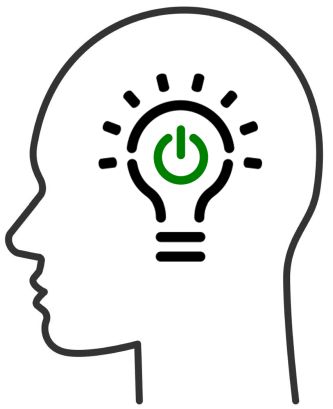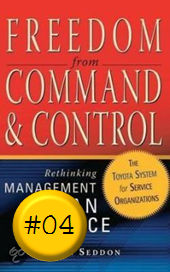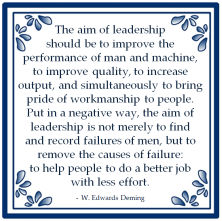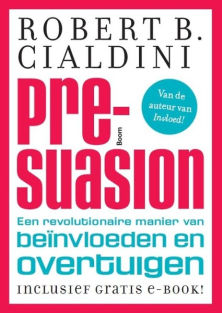
In zijn blogpost Making Small Learnings Work beschrijft Clark Quinn waarom 'micro learning' en 'spaced learning' een goede combinatie zijn. Het onderstaande fragment beschrijft de kracht van herhaling om patronen te vormen met neuronen:
![]()
Making Learning Work
Learning happens over time. It turns out that learning is really about strengthening the connections between neurons. It happens by triggering them in conjunction with one another. As the saying goes: “the neurons that fire together, wire together.” While it happens at the neuronal level, the firing for formal learning happens by activating patterns triggered by semantic elements. That is, words or images, not triggering individual neurons.
In fact, we build bigger patterns, or chunks, by activating things together enough that they become connected below consciousness. What we’ve chunked is what we’ve learned, as well as the ability to apply those chunks to make decisions. Practice automates the ability to recall things.
Now it turns out that the mechanism that does the strengthening of the connections gets tired. It can only do so much strengthening before you pretty much literally need sleep before you can strengthen some more. In short, you’ve got to practice a bit one day, and then come back to it another. Again and again.
That’s called "spaced learning," and it’s a robust phenomenon. You can get people to perform to a certain level at the end of a day, but much will be gone the next one. Think about anything you can do with any reasonable degree of excellence; it’s a safe bet that you’ve done it much over time.
Bron: Making Small Learnings Work




















